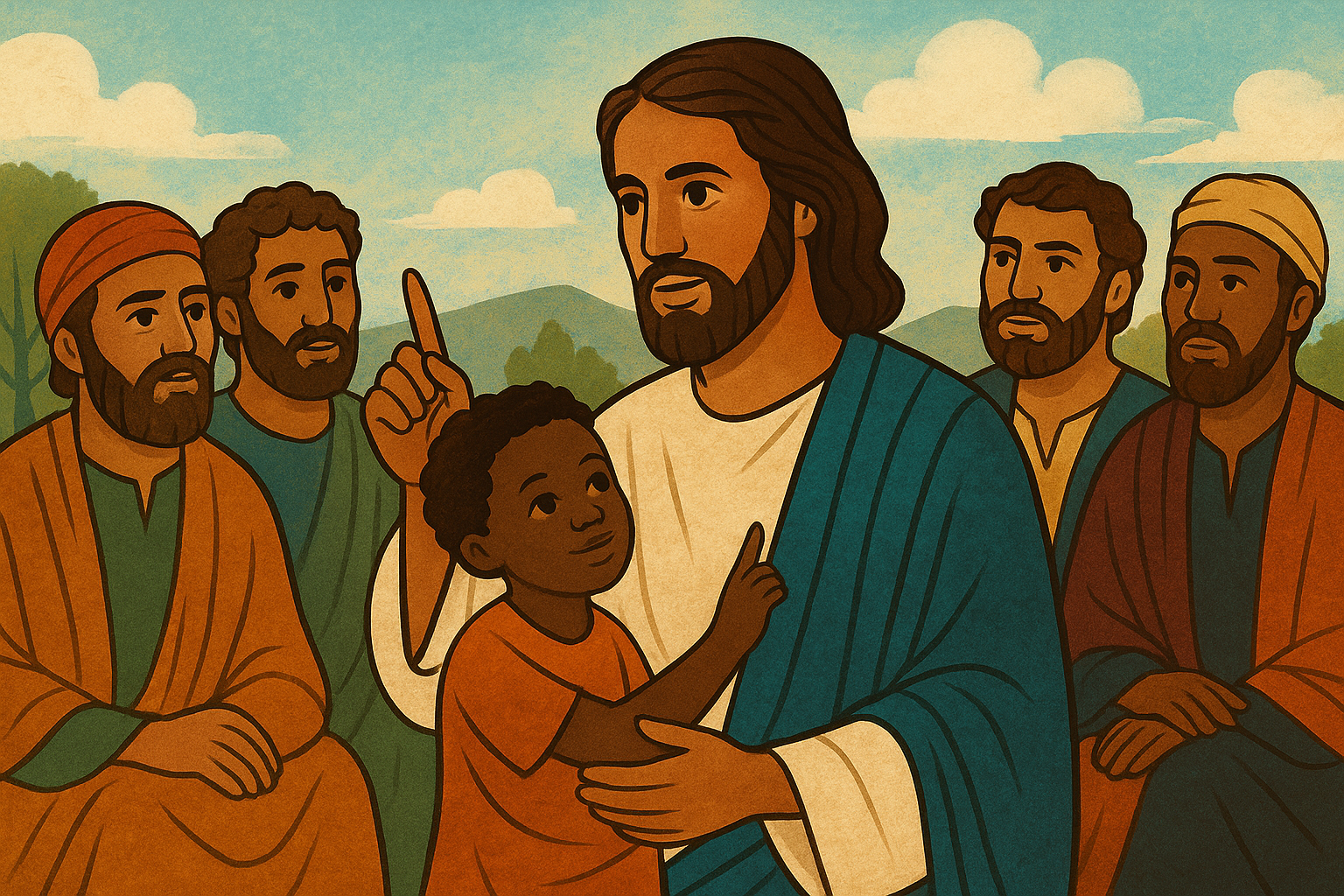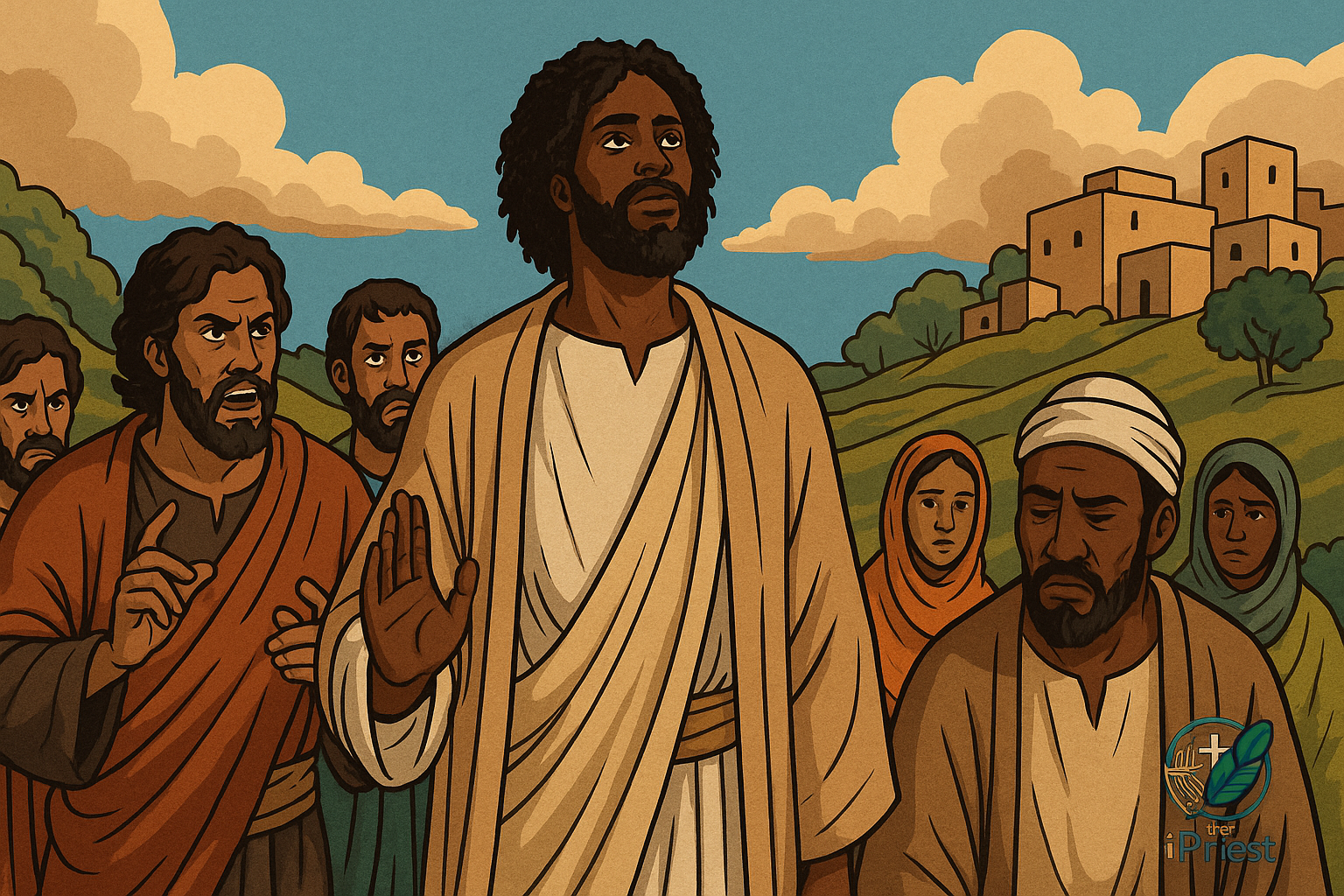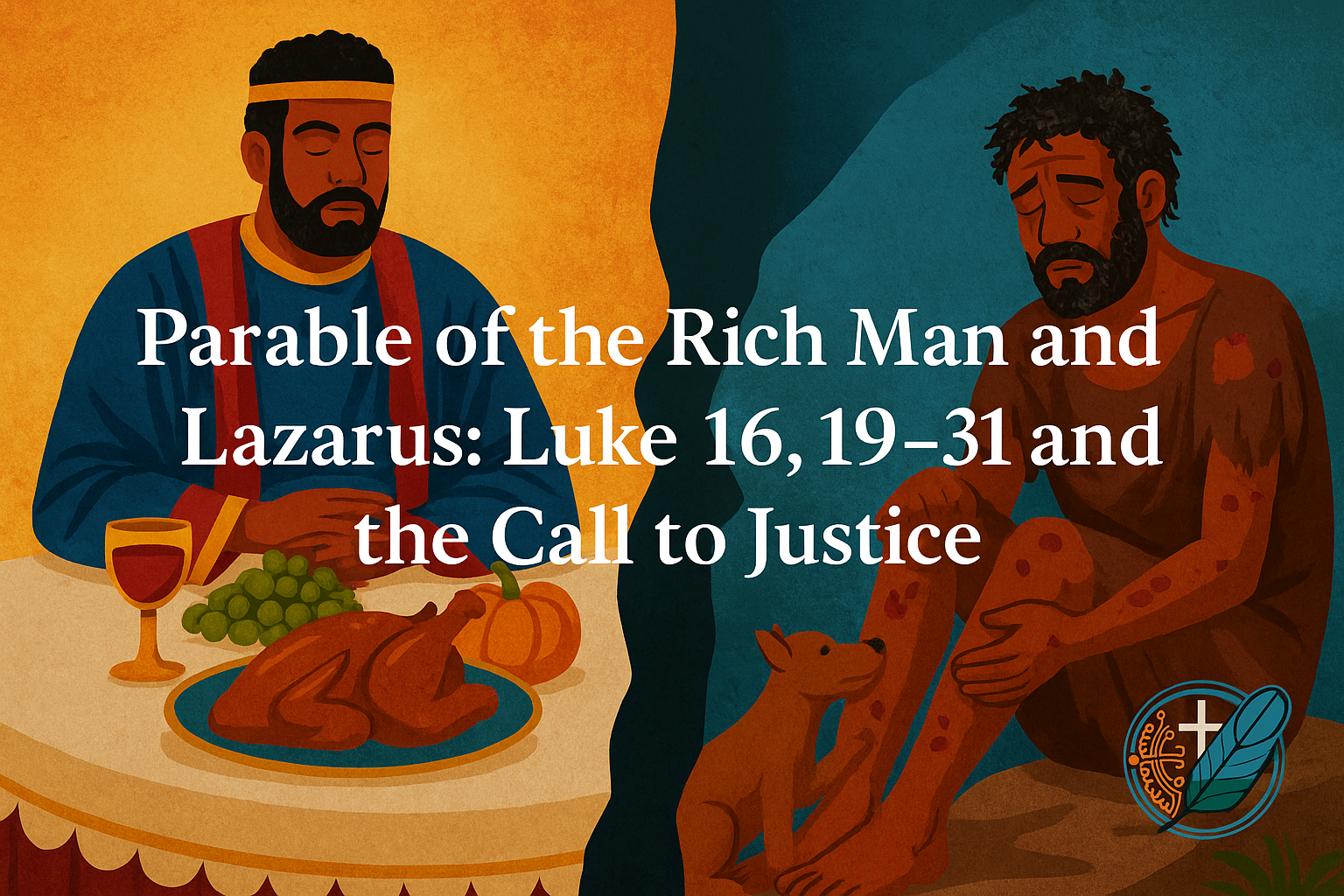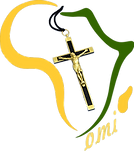There are 36 alphabets in the Igbo language. They are generally divided into three categories: consonants, vowels, and semivowels. The Igbo alphabets we use, today are made up of our normal English alphabets coupled with a few digraphs different from all the Euro-Asian languages’ diphthongs. On the other hand, our alphabets were not always 36 from the beginning. It evolved to our present-day Igbo alphabet through reforms and counter-reforms. There were five earlier versions before the one we all know today. They were Lepsius’s orthography, New orthography, Adam-Ward’s orthography, compromised orthography, F.C. Ọgbalụ’s orthography, and Ọnwụ orthography[I].
Lepsius’ orthography was founded by Karl Richard Lepsius (1810–1884)[ii] the founding father of modern Egyptology. After studying Greek and Archaeology, Lepsius dedicated himself to the study of Champollion’s grammar before travelling through major European capitals to study all the major Egyptological collections.
He toured many ancient cities collecting archaeological facts and transcribing Egyptian hieroglyphs, which were later adapted for writing other African languages. This Lepsius orthography was the first orthography used by Anglican Clerics to write the Igbo language.
But at the arrival of Catholic Missionaries, they altered the Lepsius orthography, proposing the new orthography in 1927. The objective of the new development was to correct a few particularities of the Igbo language, which Lepsius orthography did not take into consideration. Instead of solving the problem once and for all, it created confusion as there were two factions, some supporting the Catholic missionaries’ orthography and others that of the Anglican missionaries. In 1939, R.F.G. Adam and Ida C. Ward proposed a new orthography called Adam-Ward’s orthography.
They hoped it was going to solve the problem, but it created more trouble, causing publishers to wonder which method to adopt. 1949 F. Chidozie Ọgbalụ formed the Igbo Language and Cultural Promotion Committee. Under the leadership of S. E Ọnwụ, the committee in 1953 came up with compromised orthography. And even though Chidozie Ọgbalụ founded the committee, he was not happy with the outcome of the new orthography. So, in 1955, he came up with a new one but was snubbed by the others.
Then in 1961, the government created a committee named The Ọnwụ Committee after its leader S. E Ọnwụ. This last orthography enjoyed a wider reception and continued to be widely used. But in 1976, the committee made a final adjustment that brought the Igbo Alphabets to what we now know as mkpụrụabịịdịị Igbo – Igbo alphabets.
a b ch d e f g gb gh gw
h I ị j k kp kw l m n ṅ
nw ny o ọ p r s sh t
u ụ v w y z.
There are two new tendencies that modern Igbo publishers are developing, but I will discuss those developments while treating Igbo digraphs and vowels.
————————————————–
[i] Cf. S. O. Ezeomeke, Igodo Nghọta Ụtọasụsụ Igbo, 1999, 20-22
[ii] Cf. https://www.touregypt.net/featurestories/lepsius.htm






